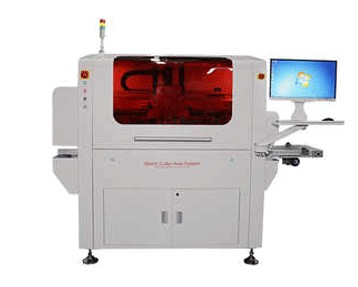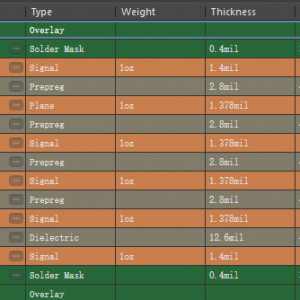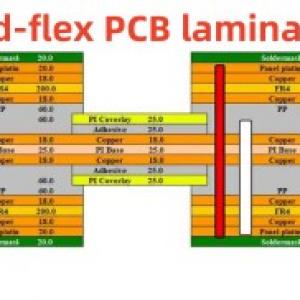The function and design requirements of PCBA board splitter
PCB splitter is a kind of equipment for splitting PCB panels. It is an essential electronic equipment for electronic manufacturers. Because PCB splitter cuts PCB panels through the movement of blades, it can more effectively control the stress generated during splitting, prevent damage and displacement of components, and have greater quality assurance than manual and pliers splitting.

PCBA splitter separates the PCBA boards that are assembled together. It is an essential equipment in PCBA processing plants.
1. Features of PCBA splitter
1. Stable operating mechanism to prevent improper external force from causing PCB tin surface, electronic parts solder joints, and other electrical circuits to be damaged during the folding process.
2. Special circular knife material design to ensure the smoothness of the PCB split surface.
3. The cutting stroke distance adopts five-stage touch-screen adjustment, which can quickly switch between different PCBs
4. Install high-frequency eye protection lighting device to improve the quality of operator operation.
5. Strengthen safety devices to avoid damage caused by human negligence.
6. Simple cutting distance adjustment: easy to operate the contact button to adjust the cutting size.
7. Knife wheel pressure adjustment: use the eccentric cam 0-2mm upper and lower knife wheel gap adjustment.
8. Double-sided board support design, so that the double-sided board can be cut more stably.
9. The rear baffle design with the PC board and the upper and lower knives in a vertical shape effectively increases
A. Stability during cutting B. Flatness of the PCB board edge C. Knife wheel life.
10. Upper and lower knife guards, machine safety light eyes and emergency stop switch safety mechanism design,
II. The purpose of PCBA splitter
PCBA splitter is mainly used to separate the assembled PCBA boards in the PCBA factory. Generally, the boards are separated after the PCBA welding is completed, and then tested. Generally, the SMT patch processing factory will not separate the boards, but will ship the assembled boards directly to customers.
In some small and medium-sized PCBA processing factories, manual board separation is used, but it is easy to damage the PCBA board. It is a safer practice to use a machine to separate the boards.
3. Three major design requirements for PCBA depaneling machines
(1) Single-sided mixed assembly, that is, placing SMD components or plug-in components on one side of the PCBA.
(2) Double-sided mounting, SMD components are placed on one or both sides of the PCBA.
(3) Double-sided mixed assembly, SMD components and plug-in components are placed on the PCBA surface, and SMD components suitable for wave soldering are placed on the B side.
And the selection principles for the standard PCBA depaneling machine substrate:
Appearance requirements: The appearance of the substrate should be smooth and flat, without warping or unevenness, and the substrate surface should not have cracks, scars, rust spots and other defects.





